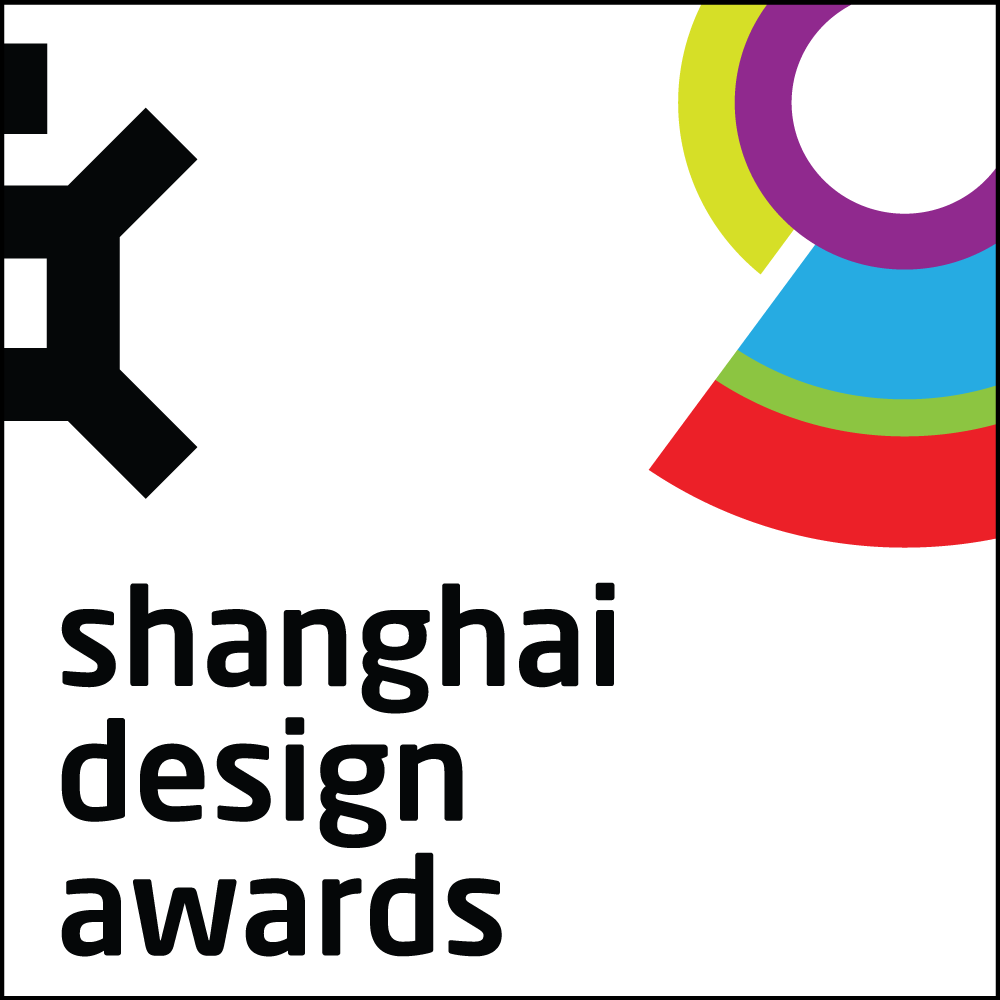










Project Overview
This planning process constitutes the basis for planning decisions, decisions on aspects of landscape, architecture, planning, ecology, professional consultants, government and public opinions and needs, and ultimately forming the park’s position, planning and sustainable development strategy.
Project Commissioner
Kunshan High-Tech Industrial Development Zone Planning Bureau
Project Creator
Integrated Planning and Design Pty.Ltd.
Team
Marius Brits/Zuzi Zhang/Leo Gu/Jia Li/Ella Liang/Yedan Ma/Yue Rao
Project Brief
The Nansong Lake High-tech Ecological Park Master Planning in Kunshan reflects a typical urban model of a city facing rapid expansion due to a burgeoning manufacture industry. The city faces challenges including the shrinking and fragmentation of green spaces and ecosystems; water and air pollution; and the physical and mental issues which arise due to a lack of green spaces. The Park provides the only large lake amidst brownfields, and serves as a space for corporate display and business whilst also meeting the growing demands for recreational spaces and the restoration of ecosystems. This integration of landscape design and modern renewable energy technology, together with the construction of artificial floating wetlands that address environmental challenges, have transformed an abandoned corner of the city into a green promoter of future sustainable development.
Project Innovation/Need
The planning team establishes the needs and opinions of major Investors and shareholders, key potential users of the surrounding area through site visits, residential and factory visits and talks, government discussions, planning process demonstrations, and an online questionnaire survey. The planning decisions are based on aspects of the landscape, architecture, and ecology in consort with perspectives from the government and the public, and collectively these decisions contribute to a sustainable development strategy.
Design Challenge
The industrial development has rapidly expanded in the southern section of the high-tech development zone over the last decade. The expansion of Kunshan gradually transformed the existing Nansong Lake site into a space characterised by cemeteries, subway construction, and construction waste landfills. The green spaces and ecosystems of the lake shrunk and fragmented and were continuously polluted, and the space became an abandoned site. The increasing demand for green public space, natural environments, and the growing awareness of ecological priorities is steadily increasing. The government has responded by constructing green areas in the industrial centre of the city, in the hope that these spaces will also meet the needs of future high-tech enterprises. These priorities drive the updating and improvement of the area.
Sustainability
A bold landscape strategy proposes a comprehensive planning approach and implementation method in response to these challenges. It involves the following:
1. Establishing synergy between humans and the natural world (including responding to the needs of workers and residents for natural ecological space).
2. Strengthening the image of the lake and the connection between the city and the lake. The strategy makes use of a variety of terrain to create a unique landscape, enrich the type of space, and provide future solutions for building waste in the site.
3. Restoring the natural systems of the lakeshore, improving water quality and urban resilience.
4. Enhancing plant and animal diversity. The site is dominated by planted vegetation which cannot establish a healthy or sustainable plant community. The new planting strategy focuses on the naturalization of the lakeshore, retaining the current plants but also introducing local plant species to increase the diversity of plants and animals.
5. Shifting the focus from waste to energy. The Nansong Lake has been a site for dumping landfill and construction waste.
These strategic goals underpin the park's transformation from a wasteland to an integral part of the future sustainable development of the industrial zone.
Urban Design
This award celebrates creativity and innovation in the process of designing and shaping cities, towns and villages, and is about making connections between people and places, movement and urban form, nature and the built fabric. Consideration given to giving form, shape and character to groups of buildings, streets and public spaces, transport systems, services and amenities, whole neighbourhoods and districts, and entire cities, to make urban areas functional, attractive and sustainable.
More Details

